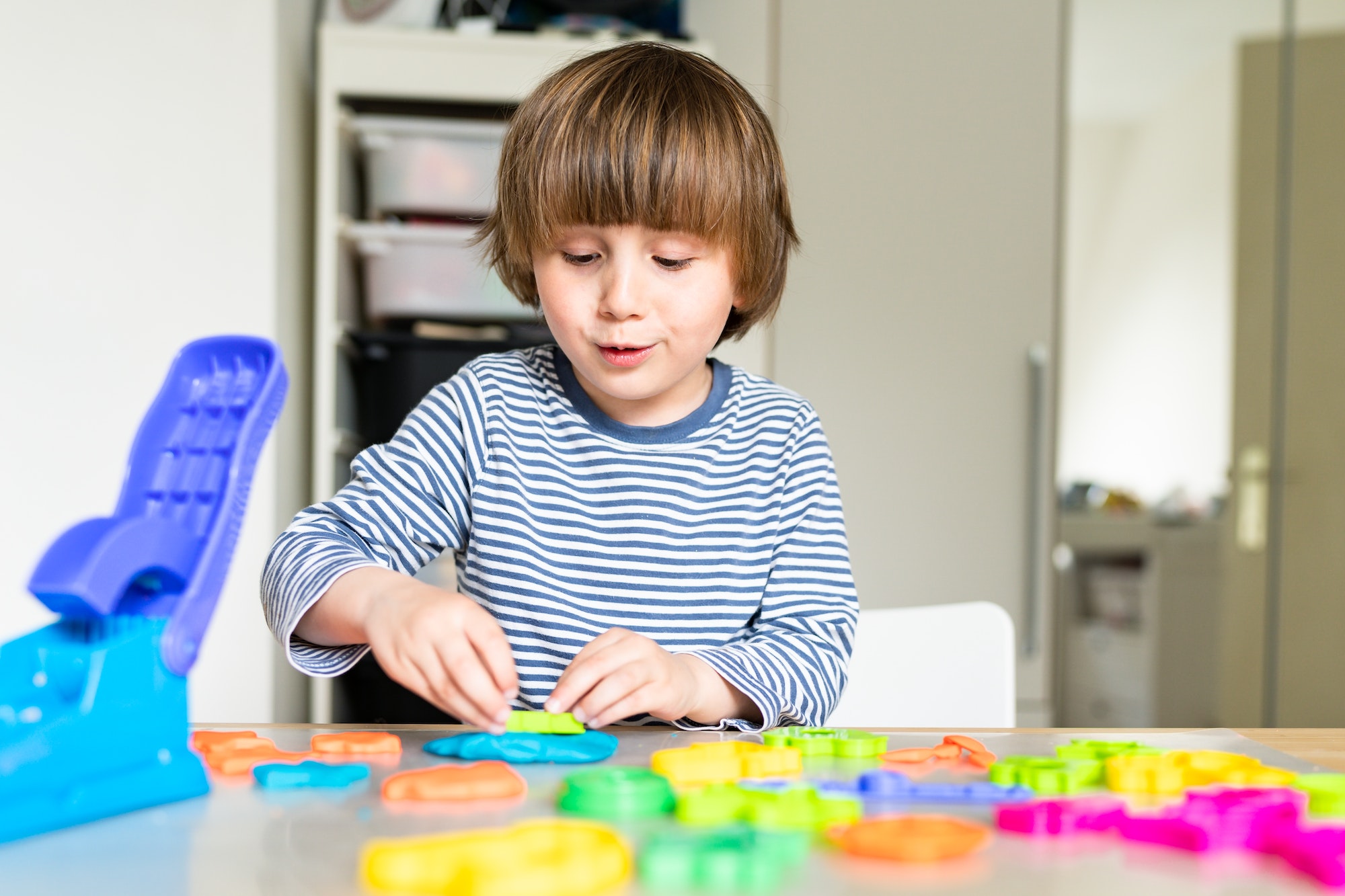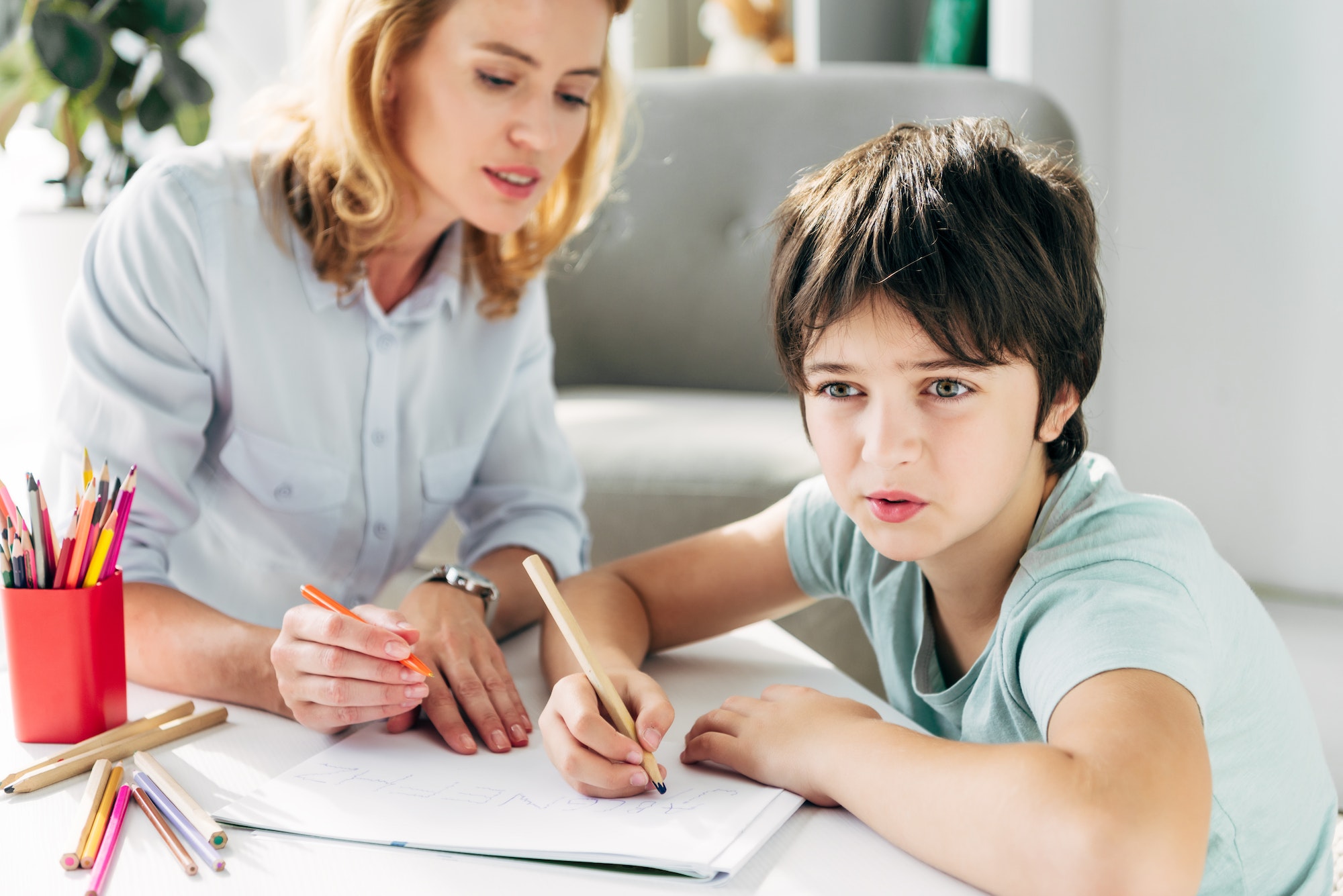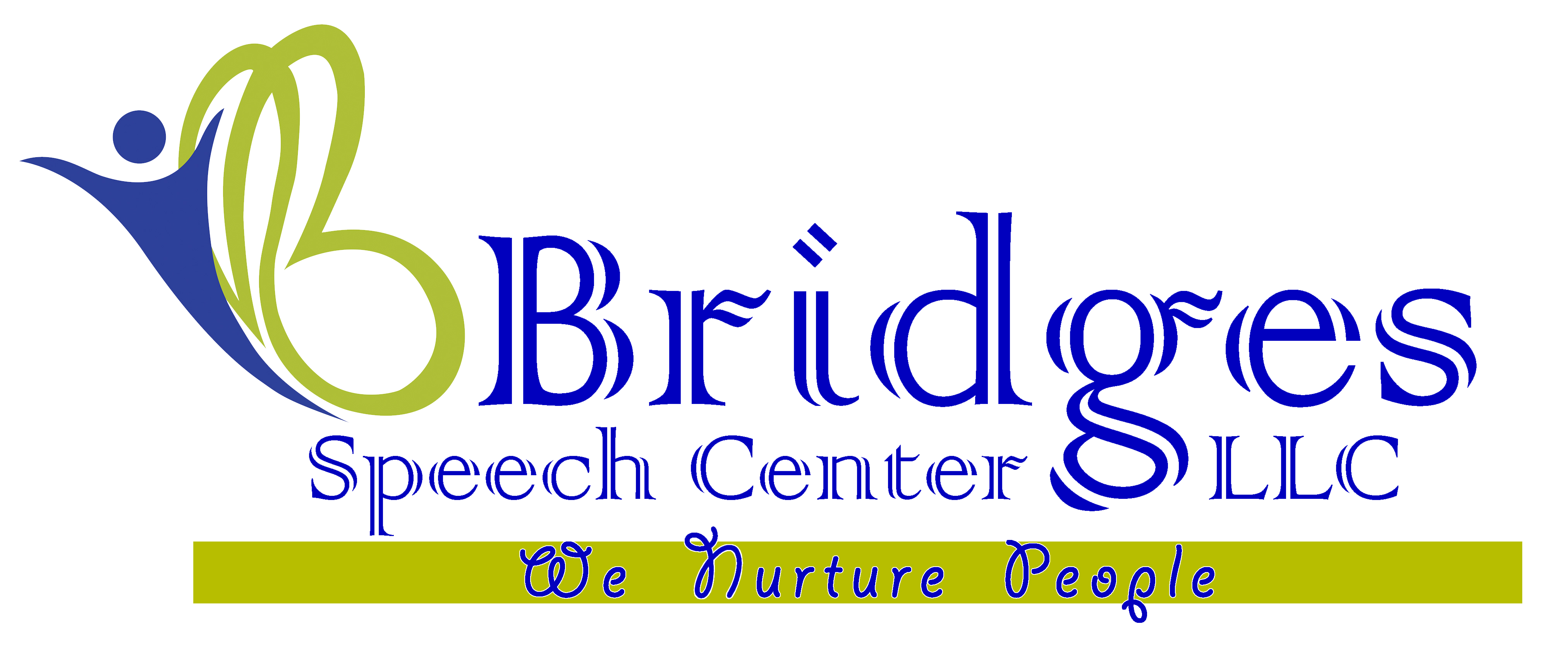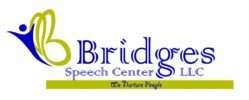- About Us
- Our Services
- Speech Therapy
- Speech and Language Therapies for Adults in Dubai
- Speech and Language Therapies for Children in Dubai
- Accent therapy
- Augmentative Alternative Communication (AAC) Therapy
- Articulation Speech Therapy
- Auditory Processing therapy/ Auditory verbal therapy
- Language Intervention: Speech Delay therapy
- Oral Motor Therapy
- Play Based therapy
- PROMPT/DTTC/RePT for Childhood Apraxia of Speech
- Social communication/Pragmatic language therapy
- Stuttering / Stammering therapy Program
- Spellography Program for Dyslexia
- Voice Therapy
- Feeding Therapy
- Occupational Therapy
- Sensory Integration
- Clinical Psychology & Psychotherapy
- Cognitive Behavioral Therapy(CBT)
- ABA /Behavior Therapy
- Bridge Learning Program
- Group therapy
- Summer/Winter Program
- Telehealth Services
- Training Program/CEU
- Internship/ Observership
- Speech Therapy
- Super Team
- Collaboration
- Training Course
- News/Blogs
- About Us
- Our Services
- Speech Therapy
- Speech and Language Therapies for Adults in Dubai
- Speech and Language Therapies for Children in Dubai
- Accent therapy
- Augmentative Alternative Communication (AAC) Therapy
- Articulation Speech Therapy
- Auditory Processing therapy/ Auditory verbal therapy
- Language Intervention: Speech Delay therapy
- Oral Motor Therapy
- Play Based therapy
- PROMPT/DTTC/RePT for Childhood Apraxia of Speech
- Social communication/Pragmatic language therapy
- Stuttering / Stammering therapy Program
- Spellography Program for Dyslexia
- Voice Therapy
- Feeding Therapy
- Occupational Therapy
- Sensory Integration
- Clinical Psychology & Psychotherapy
- Cognitive Behavioral Therapy(CBT)
- ABA /Behavior Therapy
- Bridge Learning Program
- Group therapy
- Summer/Winter Program
- Telehealth Services
- Training Program/CEU
- Internship/ Observership
- Speech Therapy
- Super Team
- Collaboration
- Training Course
- News/Blogs
Augmentative and Alternative Communication(AAC)
Bridges Speech Center
August 9, 2023
Augmentative and Alternative Communication(AAC)
AAC therapy, or Augmentative and Alternative Communication therapy, is a specialized approach that helps children with communication impairments develop effective means of communication when spoken language is limited or absent. AAC involves using various tools, strategies, and techniques to enhance a child’s ability to express themselves, interact with others, and participate more fully in social and academic activities. Here’s a more detailed look at AAC therapy for children:
- Assessment: The process begins with a comprehensive evaluation conducted by a speech-language pathologist (SLP) specializing in AAC. The SLP evaluates the child’s communication abilities, strengths, challenges, cognitive skills, and sensory preferences.
- Communication Methods: AAC therapy provides children with alternative ways to communicate, including both aided and unaided methods:
- Aided AAC: Involves using tools such as communication devices, tablets, speech-generating devices, and communication boards with symbols, pictures, or text.
- Unaided AAC: Uses the child’s body, gestures, facial expressions, and sign language for communication.
- Individualized Communication Plan: The SLP develops an individualized AAC communication plan based on the assessment. This plan outlines the most suitable AAC methods, strategies, and tools tailored to the child’s needs, abilities, and goals.
- Training and Implementation: The child, their family, caregivers, and the educational team receive training on how to use the chosen AAC methods effectively. This includes learning to use devices, select symbols, and support the child’s communication.
- Symbol Selection: AAC therapy involves selecting symbols, pictures, icons, or words representing the child’s vocabulary and concepts. These symbols are arranged on communication devices or boards.
- Vocabulary Development: Children learn to build and expand their vocabulary using AAC tools. They acquire words and phrases that allow them to express thoughts, needs, and feelings.
- Communication Partner Training: AAC therapy often involves training family members, educators, and peers on how to interact and communicate with the child using AAC methods effectively. This supports the child’s inclusion and participation in various contexts.
- Social Interaction: AAC therapy focuses on helping children use AAC tools to engage in social interactions, initiate conversations, respond to questions, and express themselves in various social situations.
- Academic Support: AAC can also support the child’s participation in educational activities, helping them engage in lessons, contribute to discussions, and complete assignments.
- Voice Output Devices: Children with limited speech may benefit from voice output devices that produce audible messages based on the symbols or words selected.
- Updating and Customization: The AAC plan is dynamic and evolves as the child’s communication skills grow. The SLP continues to monitor progress and adjust the AAC system as needed.
- Empowerment and Independence: AAC therapy empowers children by allowing them to independently communicate their thoughts and desires, fostering a sense of agency and self-expression.
AAC therapy is highly individualized, considering the child’s unique communication profile and needs. It’s used for various conditions, including cerebral palsy, autism spectrum disorder, developmental delays, and speech disorders. By equipping children with effective communication tools and strategies, AAC therapy opens doors to improved social interaction, academic participation, and overall quality of life.



Recent Posts
Have Any Question?
If you would like to register for any of our services or upcoming training programs, contact us…

